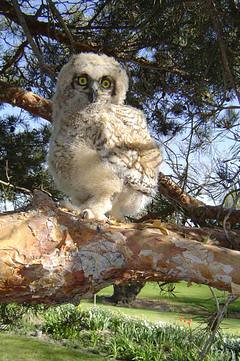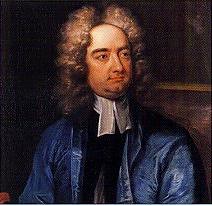Movies: Beautiful (2000 AD): Mimi Driver is stunning as the protagonist in The Cell
I was privileged to see at last this evening-morning the celebrated movie The Cell, released in the Millenial Year. Remember? — 2KY.
Twelve years of life so far, this brilliant display of cinematography at its finest, is also a well acted serial-killer drama, featuring as its heroic heroine the character played by Jennifer Lopez (Dr Catherine Deane), well supported by the little-girl child-actor Hallie Kate Eisenberg who plays Vanessa, dawter of the woud-be Pageant Winner, Mona, played by Minnie Driver. Vincent D'Onofrio plays the serial-killer into whose mind Jennifer (FBI agent) travels, the mind of Carl Rudolph Stargher.
Moral of this finely-sentimental work of filmic art, a narrative motif interwoven into the movie arts here on display, sentiment interwoven with a plot of quest. The moral of the Sacred Quest (in search of some Holy Grail or other) is here presented as a dilemma — either becoming winner of the beauty-pageant Crown for the year, or alternatively a renewal of a special life-giving relationship and thus a liberation from the more than stunted, shuttered relation of alienation previously prevailing between mother and dawter. Minnie Driver's character is on a quest for personal integrity, sadly lacking in her relationship with her dawter. This is evident when Driver sings an amazingly performed solo film-version of the pop hit, Will you still love me tomorrow" already made famous by the Shirtelles who released it in 1964. The Cell version (2000, film soundtrack appearance of Minnie Driver with the London Philharmonic Orchestra); the key song was originally sung by the Shirelles, recorded live, 1964 (see 2nd video panel below).
Some of the scenes in The Cell are inspired by works of art. A scene in which a horse is split into sections by falling glass panels was inspired by the works of British artist Damien Hirst. The film also includes scenes based on the work of other late 20th century artists, including Odd Nerdrum, H. R. Giger, and the Brothers Quay. Tarsem — who began his career directing music videos such as En Vogue's "Hold On" and R.E.M.'s "Losing My Religion" — drew upon such imagery for Stargher's dream sequences. In particular, he was influenced by videos directed by Mark Romanek, such as "Closer," and "The Perfect Drug" by Nine Inch Nails, "Bedtime Story" by Madonna, and the many videos that Floria Sigismondi directed for Marilyn Manson. During a scene, Jennifer Lopez falls asleep watching a film, the film is Fantastic Planet. In the scene where Catherine talks with Carl while he is "cleaning" his first victim, the scenery resembles the music video "Losing My Religion" by R.E.M.
The scene where Peter Novak first enters the mind of Carl Stargher, and is confronted by three females with open mouths to the sky is based on the painting "Dawn" by Norwegian painter Odd Nerdrum. The scene when Catherine Deane is chasing Carl through a stone hallway, right before she enters the room with the horse, is based on a painting by Swiss surrealist H.R. Giger called "Schacht". — Wikipedia
Also note the Sufi music of Morocco sung by the Master Musicians of Jajouka led by Bachir Attar.
The movie received both acclaim and condemnation.
Thus does a contemporary movie become as loaded with allusions as is T.S. Eliot's The Wasteland quartet of poems.
To me, it seems that the stylistics of Sally Field have absorbed a lot from the film aesthetic of French director, Jean-Luc Godard.
— Movie Man, refWrite Backpage film reviewer & critic
Follow @Owlb, general editor, refWrite Backpage
Tweet #MinnieDriver

 >br>
>br>









No comments:
Post a Comment